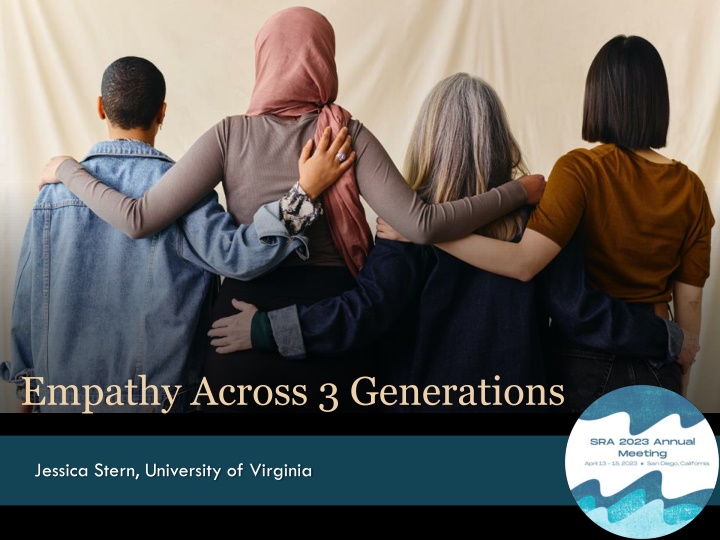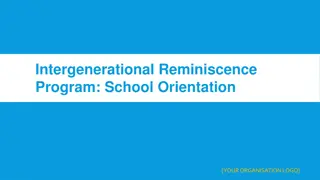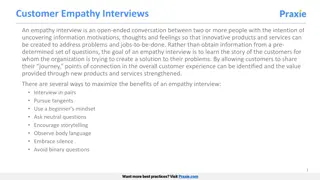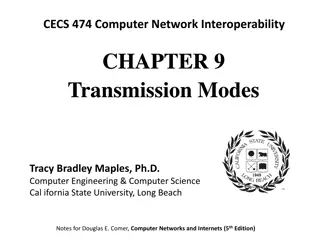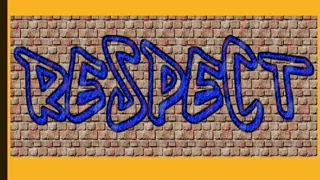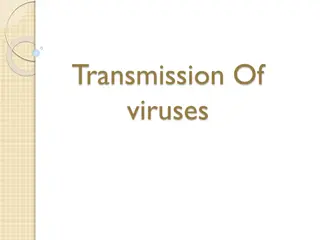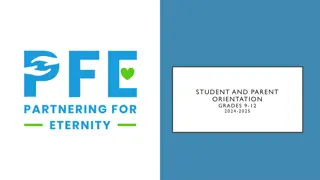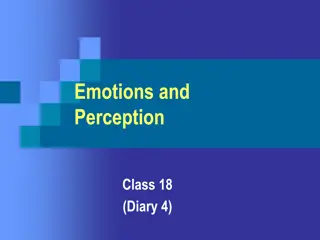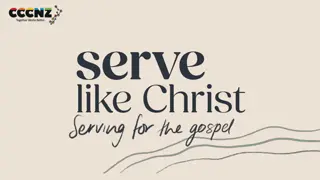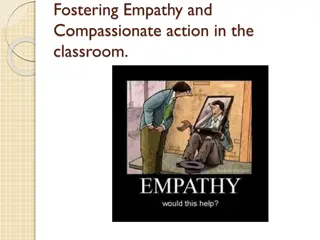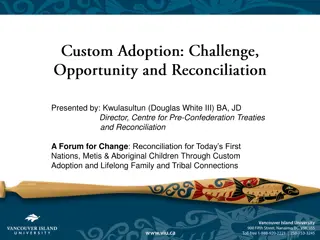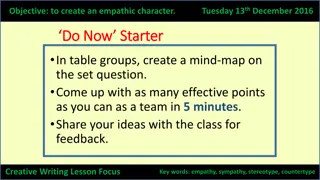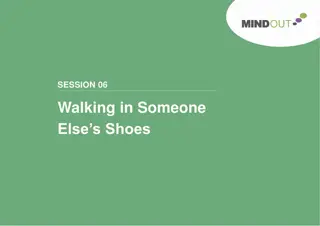Intergenerational Transmission of Empathy: A Study Across Three Decades
Exploring the development and transmission of empathy across three generations, this study examines how genetics, socialization, modeling, and first-hand experiences influence empathic behaviors. Research delves into the impact of developmental processes in adolescence on empathic responses and the theoretical model of supportive reactions to child distress. Through longitudinal data from 184 participants, the study provides insights into the role of empathy in relationships at different life stages.
Download Presentation

Please find below an Image/Link to download the presentation.
The content on the website is provided AS IS for your information and personal use only. It may not be sold, licensed, or shared on other websites without obtaining consent from the author.If you encounter any issues during the download, it is possible that the publisher has removed the file from their server.
You are allowed to download the files provided on this website for personal or commercial use, subject to the condition that they are used lawfully. All files are the property of their respective owners.
The content on the website is provided AS IS for your information and personal use only. It may not be sold, licensed, or shared on other websites without obtaining consent from the author.
E N D
Presentation Transcript
Empathy Across 3 Generations Jessica Stern, University of Virginia
Thank you! Co-authors: Amanda F. Hellwig Meghan A. Costello Jennifer Mitchell Joseph P. Allen Special thanks to RAs and Project Coordinators past and present!
Empathy Supportive Behavior Taking action for others welfare Prosocial behavior (help, comfort) Presence/ showing up Cognitive Empathy Understanding others experience Identifying others emotions Perspective-taking Emotional Empathy Feeling concern for others welfare Resonating with others emotions Affect mirroring I do something to help you feel better I know how you feel I feel what you feel Batson, 2009; Decety, 2015; Eisenberg, 2000, 2017
Intergenerational transmission of empathy Genetics (Knafo et al., 2008, 2009) Socialization (Eisenberg et al., 1993, 2000) Modelling (Zahn-Waxler et al., 1984) First-hand experience secure attachment (Stern et al., 2015, 2021; Stern & Cassidy, 2018) Learning and practice (Gordon, 2009)
Developmental processes in adolescence Sensitive period of brain development (Blakemore, 2008) heightened neural responsiveness to peers advances in empathy forecast adult social competence (Allemand et al., 2015) Normative shift from parents to peers experiences with parents shape peer relationships peer relationships begin to surpass parents as sources of long-term influence (Allen et al., 2021)
Theoretical Model Supportive Responses to Child Distress Parent Empathic Support for Teen 13y (G1) Teen Empathic Support for Friends 13-16y (G2) Teen Empathic Support for Friends 17-19y Child Empathy (G3) Non-supportive Responses to Child Distress Early adolescence: parent-teen empathy Later adolescence: teen-peer empathy Adulthood: parent-child empathy
Method: Participants N = 184 (98 females), mid-Atlantic U.S. assessed annually from age 13-32 58% White, 29% Black, 8% multiracial, 5% other groups mothers, fathers, nominated closest friend Subsample of n = 60 participants who had data on at least one child (ages 3-8) by Wave 21 (age 32)
Method: Observed Empathy (G1-G2) Supportive Behavior Task parent & peer versions (Allen et al., 2001) emotional empathy emotional engagement cognitive empathy accurate identification of the support-seeker s problem supportive behavior instrumental support emotional support
Method: Reported Empathy (G2-G3) Parents Responses to Child Distress (CCNES; Fabes & Eisenberg, 1998) supportive responses: problem-focused, emotion- focused, expressive encouragement non-supportive responses: minimizing, punitive, distressed Child Empathy Scale (SSIS; Gresham & Elliot, 2008) parent-report of child s empathy toward others
Results: Model 1 (G1-G2; N = 184) Mom Empathic Support for Teen 13y Teen Empathic Support for Friends 13-16y Teen Empathic Support for Friends 17-19y .12** .50** Indirect effect = .06, 95% CI [.02, .12], p= .014 *p < .05, **p < .01, ***p < .001. covariates: gender, income
Results: Model 2 (G2-G3; N = 60) Indirect effect = 1.24, 95% CI [0.13, 2.93], p= .076 Supportive Responses to Child Distress 10.22* .12** Teen Empathic Support for Friends 17-19y Child Empathy ns ns Non-supportive Responses to Child Distress *p < .05, **p < .001. covariates: gender, income
Conclusions Teens who experienced empathic support from mothers at age 13 showed greater empathy for close friends across adolescence pay it forward Teen empathy for close friends showed moderate stability over time developmental continuity Empathy for friends at age 17-19 predicted supportive (but not non-supportive) parental responses to children s distress, scaffolding children s own empathy specificity of support
Future Directions Role of fathers empathy Partners/ coparents & siblings Beyond parochial empathy: out-group members Variation by gender, SES, racial identity, cultural context Moderators and protective factors What interrupts intergenerational patterns of low empathy?
I didnt always have things, but I had people I always had people. I had a mother and father who I would match against any other I had friends who would leap in front of a bus for me. You need to know that I was loved, [that] I have always loved my people and that broad love is directly related to the specific love I feel for you. Ta-Nehisi Coates (2015), Between the World and Me
